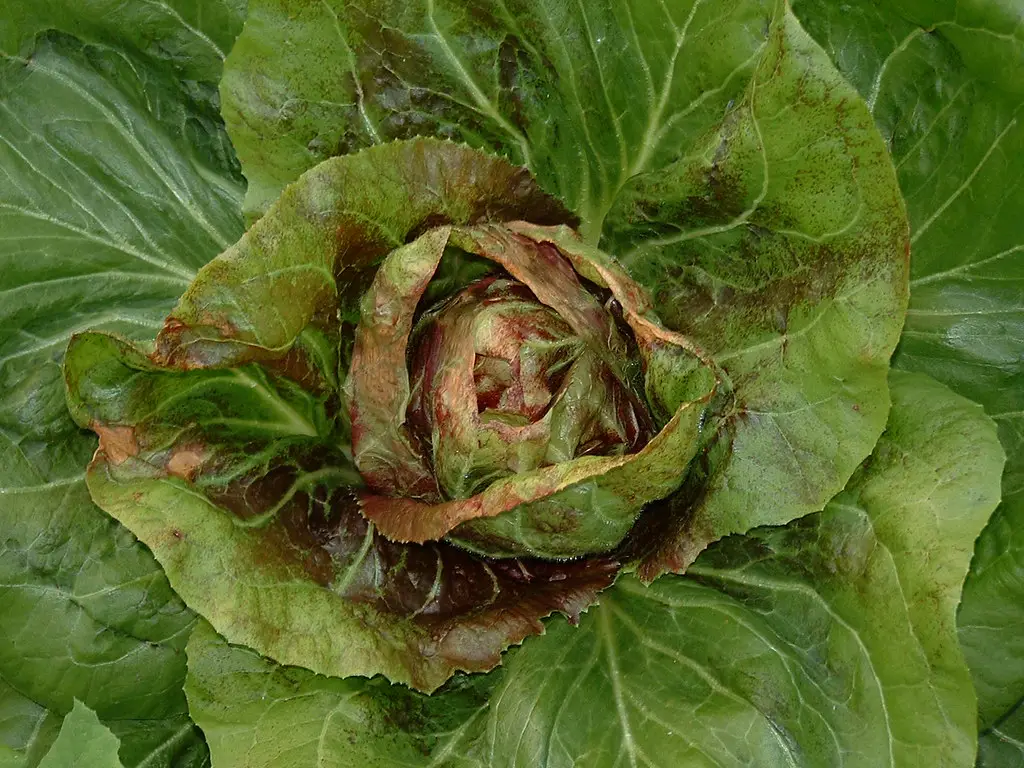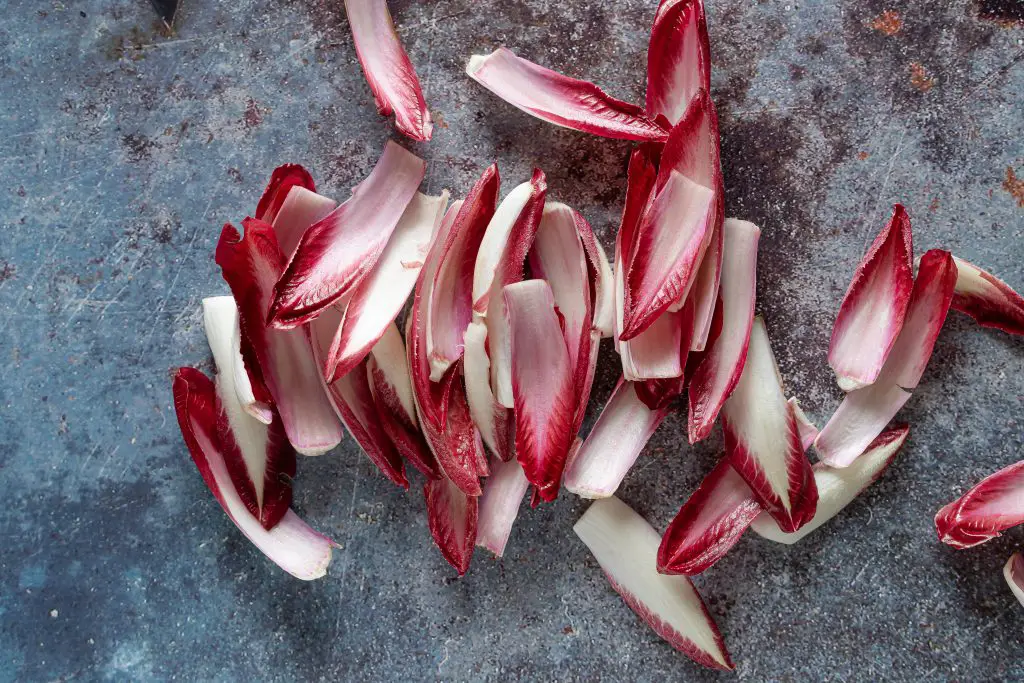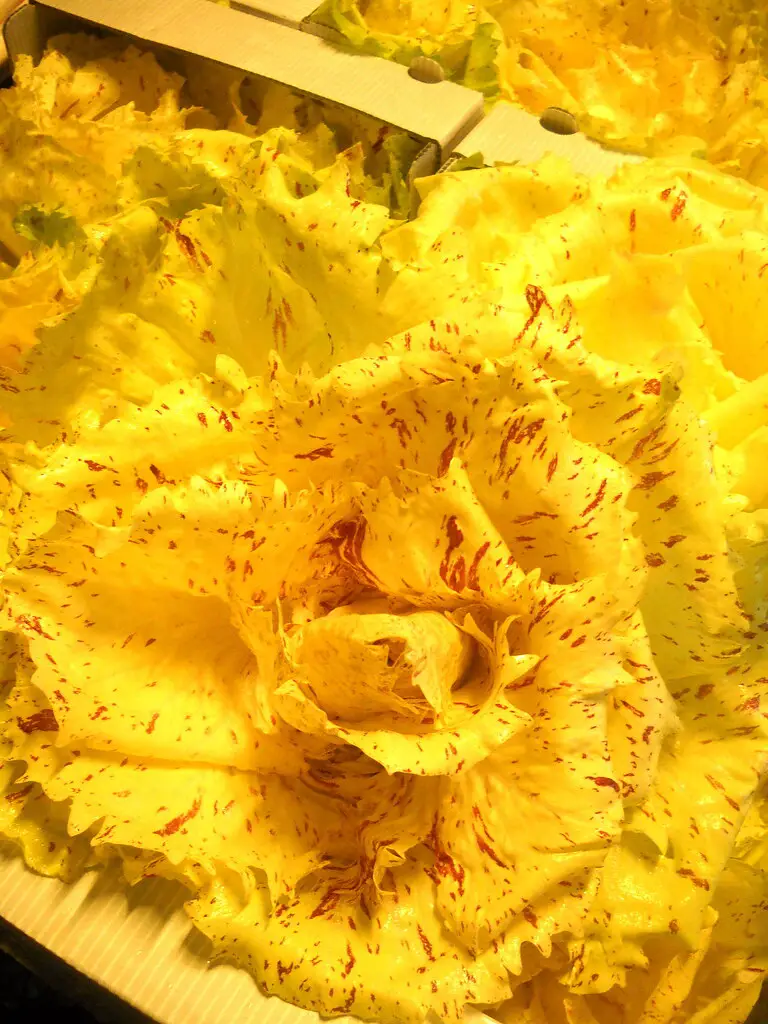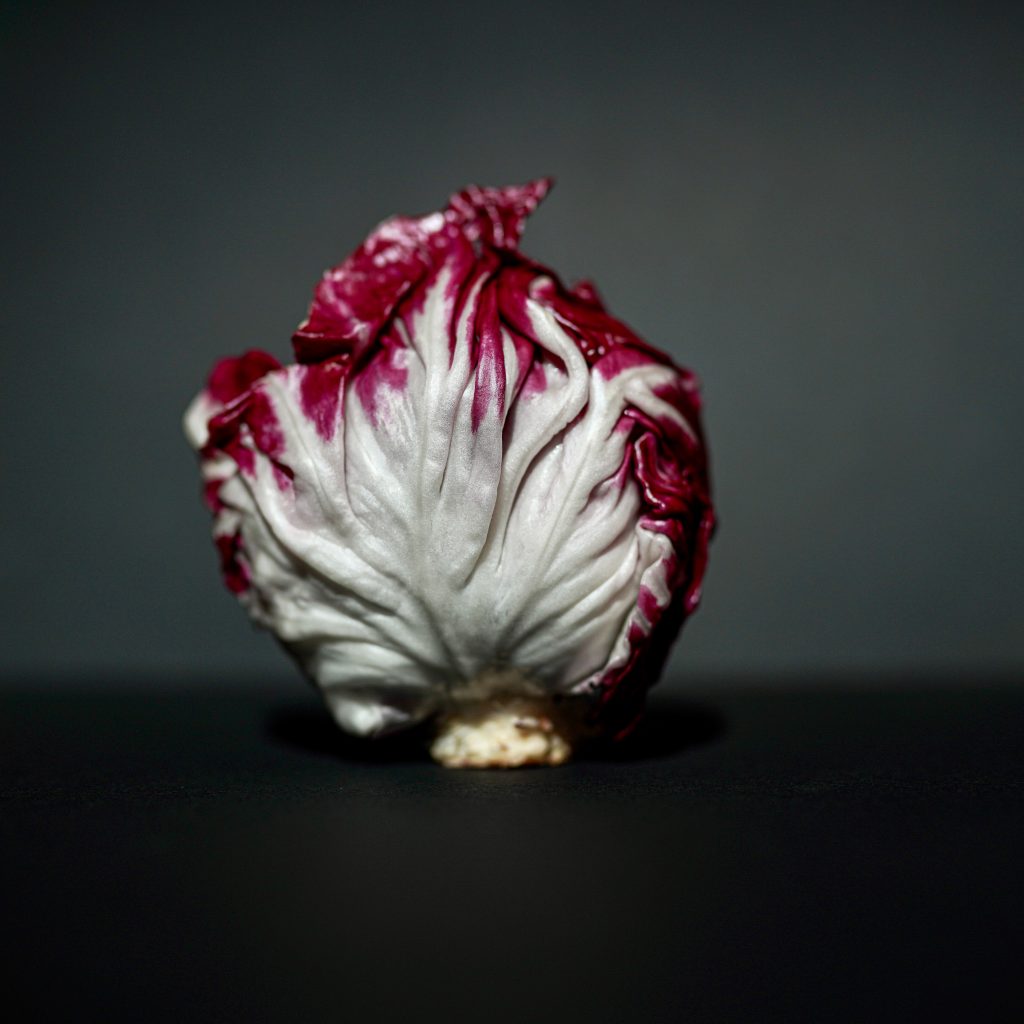Is Radicchio A Lettuce Or Cabbage? Radicchio is a popular Italian vegetable that is widely used in that region but is not as well known in other parts of the world. It has an appearance that is similar to lettuce or cabbage, but what exactly is it?
Radicchio is neither lettuce or cabbage as it comes from a separate genus to both of these plants. It is most closely related to lettuce as both plants come from the same family and tribe however it comes from a separate genus which means that it can be considered to be a distant cousin.
Radicchio comes from the chicory family which includes things like endive. It is a plant that has a similar appearance to lettuce when grown in the garden due to its leafy outer leaves but the inner leaves have a distinctly different appearance.
Due to the lack of light, these leaves take on an appearance that is similar to a red cabbage which is a plant that it is often confused for. The reason that this plant has inner red leaves and outer of green leaves is because of the exclusion of light from the inner leaves which results in a lack of chlorophyll which is the chemical that produces the green colour in most leaves. The image below shows what a Radicchio looks like before the outer leaves have been removed

The other distinctive feature about Radicchio is that it generally has a more bitter flavour than either lettuce or cabbage due to the presence of sesquiterpene lactones in the leaves.
Sesquiterpene lactones are also responsible for the bitter flavour that can be produced in lettuce once the plant begins to bolt.
About Radicchio
Radicchio, which is also sometimes referred to as Italian chicory, is widely used within Italian cuisine for its bitter and spicy taste which can be reduced by grilling or roosting the leaves of the plant.
This link with Italian cuisine dates back to the 15th century where the cultivation of the modern varieties of Radicchio began in the regions of Veneto, Friuli Venezia Giulia and Trentino.
However, the most familiar form of Radicchio, which has a deep red colour was first developed around 1860 by using a technique of blanching the plant to create dark red leaves with white lines. This technique required plants to be removed from the soil and then placed in water in a dark location which inhibited the formation of chlorophyll resulting in a deep red colour.
Due to the plant being grown historically in different regions a range of different varieties of Radicchio have been developed which have been named after the area in which they were developed. The most common variety that is available in places like the US is called radicchio di Chioggia. This particular variety has a moderately sized rounded head.

The variety that I personally grow is called Radicchio Rosso Di Treviso Precoce and it has a longer more oblong-shaped head that is reminiscent of cos lettuce. These varieties also feature white veins that are particularly pronounced. Another common variety that is popular in Italy is ‘Tardivo’ which is crunchy, bitter and most commonly eaten cooked.
Di Castelfranco, is also a popular variety that has a distinctly different appearance to the other types of Radicchio mentioned above. It has very light green leaves with a creamy appearance that are covered in deep red Speckles. It is considered to have a relatively sweet flavour and is usually only available in the winter months of the year. An image of this variety is shown below.

How To Grow Radicchio
Radicchio is a relatively easy plant to grow, however, many of the seed packets that you will purchase will say that it can be planted anytime during the growing season. However, because these varieties generally flower in spring the plants are far more suited to sowing in mid to late summer and growing them through the autumn period for a harvest.
If you follow this advice and grow them only in mid-summer it is best to start the plants off in seed trays because there will often be very little space in your garden at that time of year so starting the plants off in seed trays allows you to get the plants going while waiting for spaces to appear in your garden.
To plant the seeds start by filling the seed trays with good quality potting mix and sow 2 to 3 seeds per cell to ensure that you get at least one plant per cell germinating. As the seeds of the plant are relatively small they only need to be just covered in soil so planting at a depth of a quarter of an inch is more than adequate to ensure germination.
As the weather is quite warm at that time of year it is important to ensure that the seeds and the seedlings when they appear are regularly watered to ensure they remain moist. The seedlings will typically appear after 7 to 14 days and will need to spend at least 4 weeks in the seed trays before they are large enough to be planted out into the garden however this period can often be longer.

Once the plants reach a reasonable size they can be planted out into the garden at a spacing of approximately 10 inches apart. The plants should ideally be planted into a sunny location that gets at least 6 to 8 hours sunlight per day, however, this plant will also tolerate shady conditions which can be beneficial if you have particularly hot summers.
In terms of soil conditions, the plants prefer rich moist soil that is free draining and has plenty of nutrients. If you are unsure about the quality of your soil it is best to dig in a bag of compost before you put the plants in.
Additionally, to avoid problems with slugs and snails it is also advisable to sprinkle snail bait around the plants when they’re planted into the garden. Once they are in the garden there is little maintenance that is required other than watering the plants regularly.
The radicchio will develop green leaves initially that appear to be quite open in their growth habit. However, as the plants develop the heart of the plant will become firmer and more developed. They can be typically harvested once the heart is formed which should ideally be done prior to there being any hard frosts.
These plants can tolerate frost, however, if the heads are fully developed and the temperature falls below freezing they can be damaged by these conditions.
To tell when they are ready to harvest it is best to simply feel the head of the plant to see if it is firm. To see this harvest process and listen to an expert vegetable gardener I highly recommend watching the video from Charles Dowding which is embedded in the blogpost below.
I hope you found this article useful, if you have any questions please leave comments in the section below.
Relevant Articles
How Many Times Can You Harvest Lettuce? (It’s More Than You Think)
How Can You Tell The Difference Between Cabbage And Lettuce?
